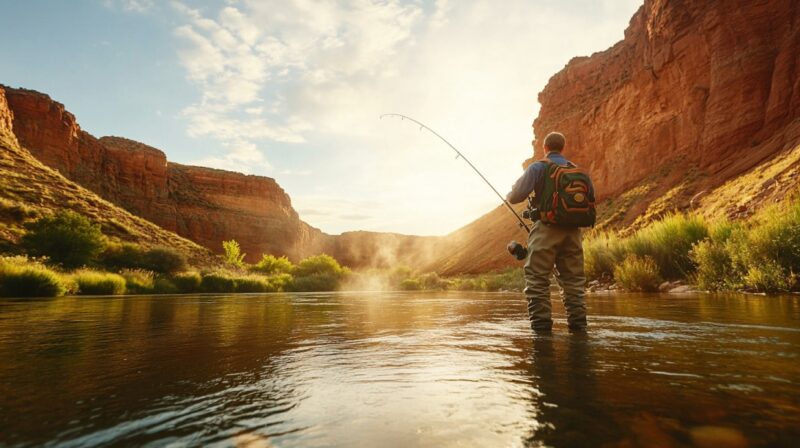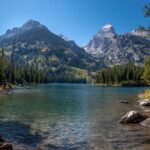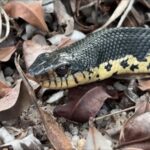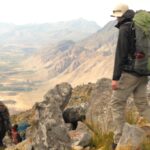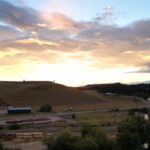Fishing has evolved from a tranquil pastime to a booming outdoor activity drawing millions across the country.
According to Statista, around 58 million Americans took to freshwater, saltwater, and fly-fishing in 2023, the highest participation rate in over a decade. This growing enthusiasm is also mirrored in the industry’s strong performance, with U.S. fishing market revenues exceeding nine billion dollars during the same period.
Whether you’re a seasoned angler or a weekend hobbyist, the thrill of the catch and the chance to unwind make fishing a rewarding escape.
In this article, we’ll take you through five of the most scenic fishing destinations every angler should experience.
1. Kenai River, Alaska: Salmon Fishing Heaven
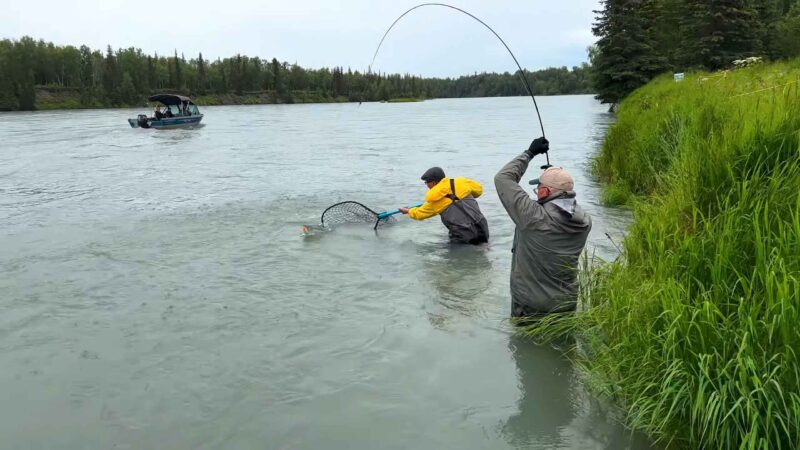
The Kenai River is a dream destination for anglers, especially those in pursuit of world-class salmon. This glacier-fed river flows from Kenai Lake to Cook Inlet and is globally acclaimed for its record-breaking king salmon runs. Surrounded by breathtaking scenery, snow-capped peaks, towering spruce forests, and clear blue waters, the Kenai offers both beauty and bounty.
What sets it apart is the unique blend of remote wilderness and accessibility. While casting your line, you might witness brown bears fishing alongside you or bald eagles soaring overhead. In addition to its legendary king salmon, the Kenai also teems with sockeye, silver, and pink salmon. Plus, rainbow trout are drawn by the rich food supply.
Hiring a local guide is highly recommended to navigate regulations and find the river’s most productive fishing spots.
2. Florida Keys, Florida: Tropical Sportfishing Paradise
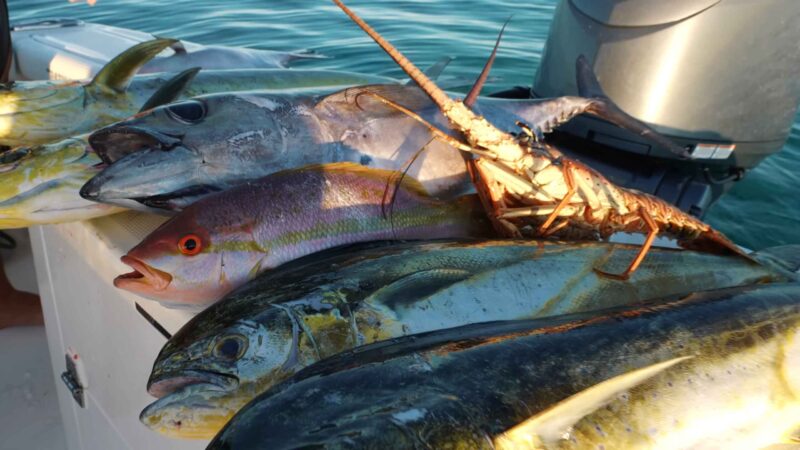
The Florida Keys are a tropical sportfishing paradise, attracting anglers from around the world with their rich marine biodiversity. These shallow flats offer ideal conditions for sight fishing, while the nearby Gulf Stream delivers deep-sea challenges like marlin, sailfish, and tuna.
According to Lonely Planet, Islamorada, hailed as the sportfishing capital of the world, draws sport divers who hunt spiny lobster and spearfish invasive lionfish. Sustainable spearfishing courses teach how to protect reef ecosystems while offering an immersive way to connect with the marine environment. Lobster diving, especially during the regulated season, combines underwater excitement with a flavorful reward.
3. Bighorn River, Montana: A Fly Fishing Gem
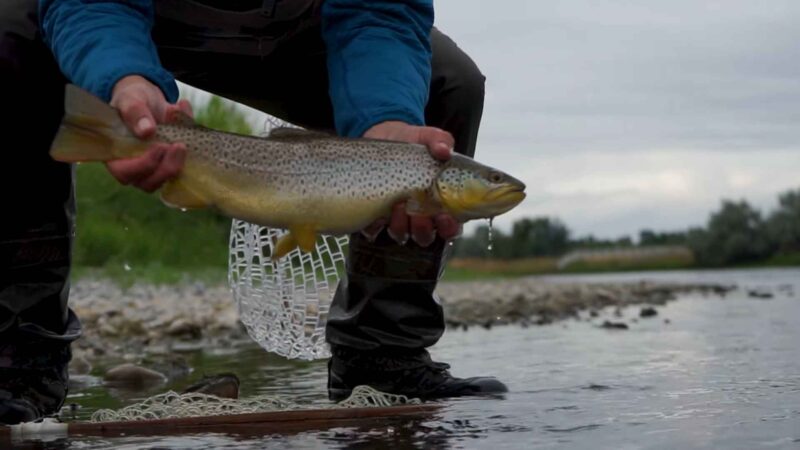
The Bighorn River flows cold and clear below Yellowtail Dam in south-central Montana, creating what many consider the ultimate trout stream. With consistent water temperatures and reliable flows, the Bighorn supports some of the highest trout populations per mile in the country.
What makes the Bighorn particularly special is the size and vigor of its brown and rainbow trout. Fish in the 16-20 inch range are common, with larger specimens always possible. The river’s consistent flows and relatively gentle gradient make it navigable by anglers of various skill levels.
The surrounding landscape of high plains, rimrock canyons, and big sky country provides a quintessential Western backdrop for the fishing experience. Small towns like Fort Smith cater specifically to anglers, with fly shops, guides, and lodges dedicated to the river.
4. Boundary Waters, Minnesota: Remote and Peaceful Wilderness
For those seeking solitude and an intimate connection with nature, few destinations match the Boundary Waters Canoe Area Wilderness. This vast network of interconnected lakes, rivers, and portages offers a fishing experience that feels genuinely untouched by the modern world.
The wilderness contains over 1,100 lakes, many accessible only by canoe and portage, creating a paradise for anglers. The region’s clean, cool waters support healthy populations of walleye (the state fish), smallmouth bass, northern pike, and lake trout.
Visitors typically base their trips around canoe travel, camping at primitive sites along shorelines. This immersive approach allows anglers to explore remote lakes where fish may rarely see artificial lures.
5. Lake Tahoe, California/Nevada: Deep Water and Mountain Views
Straddling the California-Nevada border, Lake Tahoe is a premier fishing destination offering deep, clear waters and breathtaking alpine scenery. As the second-deepest lake in the U.S., its cobalt-blue surface set against the Sierra Nevada mountains creates a stunning backdrop for anglers year-round.
The lake is particularly known for its trophy-sized Mackinaw (lake trout), which thrive in the cold depths. Other species like brown trout, rainbow trout, and kokanee salmon offer an exciting variety for both novice and seasoned fishers.
Beyond fishing, Lake Tahoe’s surrounding region is rich with activities—hiking, mountain biking, golfing, and vibrant casinos and dining. Winter draws skiers, though ice fishing is rare due to the lake’s depth.
Meanwhile, nearby Clear Lake has been named one of the top U.S. freshwater fishing lakes, underscoring California’s exceptional angling options.
A Note on Water Quality Awareness for Travelers
As you explore scenic fishing destinations, it’s essential to stay informed about local water quality conditions. Some areas have experienced contamination from aqueous film-forming foam (AFFF), a firefighting product containing PFAS (per- and polyfluoroalkyl substances). These “forever chemicals” can persist in the environment and accumulate in fish, especially near military bases, airports, and industrial sites.
A recent study found AFFF-derived PFAS in fish nearly five miles downstream from contamination sources. Alarmingly, more than half of the PFAS detected were precursor compounds. These can transform into stable, harmful chemicals like PFOS, which is currently regulated at the federal level.
The U.S. Department of Defense is phasing out AFFF due to its links to cancer, immune system damage, liver disease, and thyroid problems. The move comes amid growing public health concerns and legal pressure.
The latest AFFF lawsuit update reports that nearly 9,000 cases are now pending in the AFFF multidistrict litigation (MDL). These lawsuits aim to hold manufacturers and government agencies accountable for environmental damage and health problems linked to AFFF exposure.
FAQs
Endnote
These five destinations represent just a fraction of the incredible fishing opportunities available to today’s angler. What sets them apart is not just the quality of the fishing but the complete experience they offer.
As we pursue our passion for angling, it’s worth remembering that these extraordinary places depend on conservation efforts and responsible stewardship. The health of these fisheries faces challenges from habitat loss, pollution, climate change, and overuse. Practicing catch-and-release and supporting conservation efforts helps preserve these fishing spots for future generations.
Bonus: Discover some of the real-life wonders of Northwest Montana and its scenery!
I’m Noel Massey, your not-so-typical trailblazer who’s been into hiking for years while herding two mini adventurers, a.k.a. my sons. We’ve tackled trails that would make your GPS do a double-take. Join me as I share tales from the great outdoors, and share some handy tips you could use in the future.

